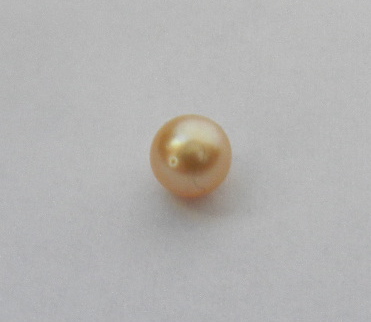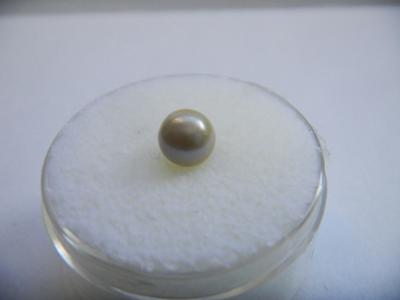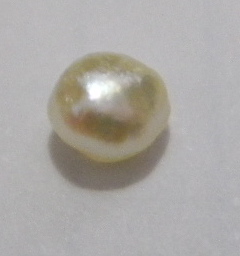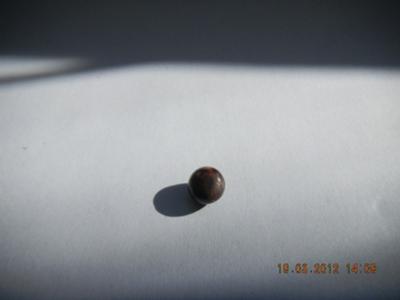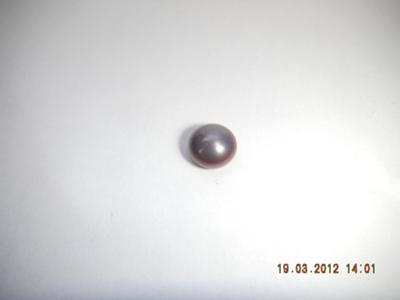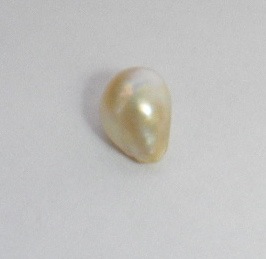| Back to Back Issues Page |
 |
|
Own a piece of Africa - Mozambique natural pearls, June 12, 2013 |
| Hi, Own a piece of Africa - Mozambique natural pearls Ever since I shifted my focused to natural pearls, I've longed to offer pearls from the coasts of Africa and now Mozambique natural pearls are a part of my growing list of natural pearls for sale. These are beauties, ranging in color from bronze, golden and silver to dark purple/gunmetal. Certificates available upon request.
Check out details and links to more photos here. Kunz in his 1908 book of pearls has this to say about African pearls. In a paper published by the Lisbon Geographical Society, January, 1903, Senor Ivens Ferranz states that, according to tradition, in remote times the coast of Portuguese East Africa was inhabited by a Semitic colony which located there to fish for pearls and these were carried through the Red Sea to King Solomon. He adds that there is little doubt that some Arabs were engaged in fishing for pearls about the islands near Sofala. (Now named Nova Sofala, Mozambique, once a chief seaport.) In 1609 Joao dos Santos wrote that on the sandy sea-bottom about the Bazaruto Islands, which are about 150 miles south of Sofal, there were many large oysters which bore pearls, and the natives fished for them by diving in practically the same manner as in the Persian Gulf. In a personal memorandum, Sir Robert Edgeumbe states that in the very early times of Portuguese exploitation on the eastern coast of Africa, pearl fishing was carried on in these waters. A concession of the pearl fishery on the Portuguese coast north of Ibo has been granted to the East African pearl company. For this company an examination of the resources is now being made. At least four species of pearl-bearing mollusks exist here; these are Margaritifera vulgaris, M. margaritifera, Pinna nobilis, and a species of Perna, named in order of their importance. On the lower coast of Portuguese East Africa, pearl fishing has been of some local importance. In 1888, when famine prevailed on this coast, the inhabitants of this archipelago fished for the large pearl oysters (known locally as mapalo),selling their catch at Chiloane to Asiatic traders, who gave them a handful of rice for a large basket of the mollusks. it was estimated that during two months of that year, pearls to the value of eighty contos ($83,500) were taken.
Investigate Mozambique pearls for sale here. Mozambique is one of the poorest countries in the world and similar to neighboring Malawi. Mud huts are common housing where the average income is less than $1.00 per day. Driving on the border between Mozambique and Malawi, one can see each side of the road proudly waving their country's flag, Malawi on the west side of the road, Mozambique on the east side of the road. I've seen mud huts collapse after a night of heavy rain and sat on the mud floors eating cassava, their main food. East African people are friendly, their villages have breath-taking beauty (in the link see photos I took and read my 13 advantages of living in a mud hut:), the children play without gadgets or toys and sing like angels. This little boy with the message and condition of his shirt says it all!  Natural pearls are not only lovely, they are investments!
Be sure to let me know if you have questions, offers to make, or natural pearls to sell. God bless!
|
| Back to Back Issues Page |
